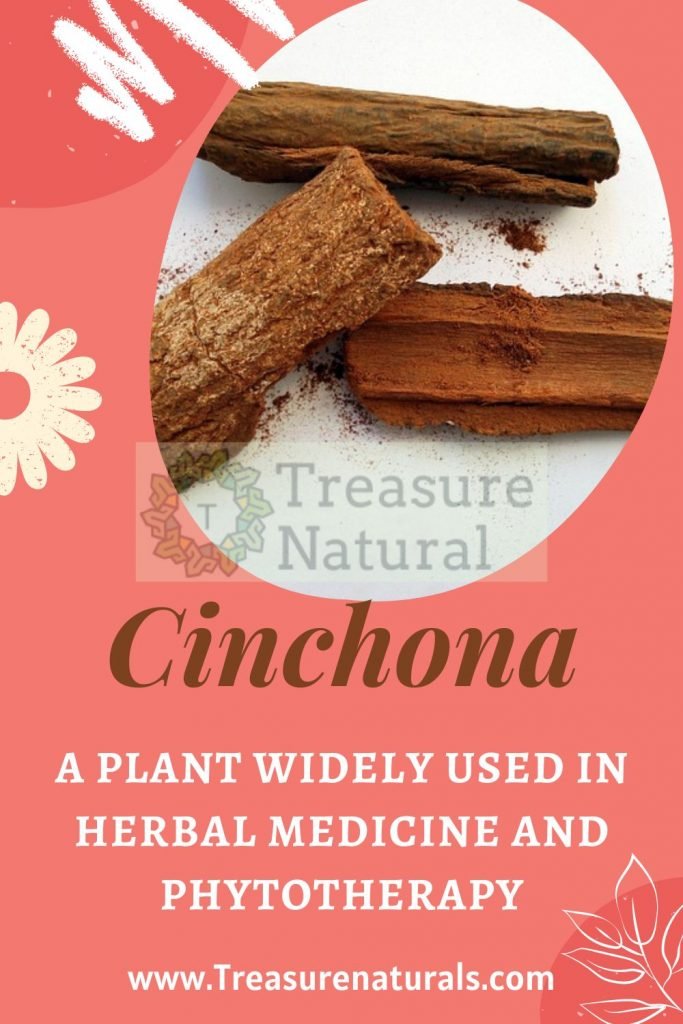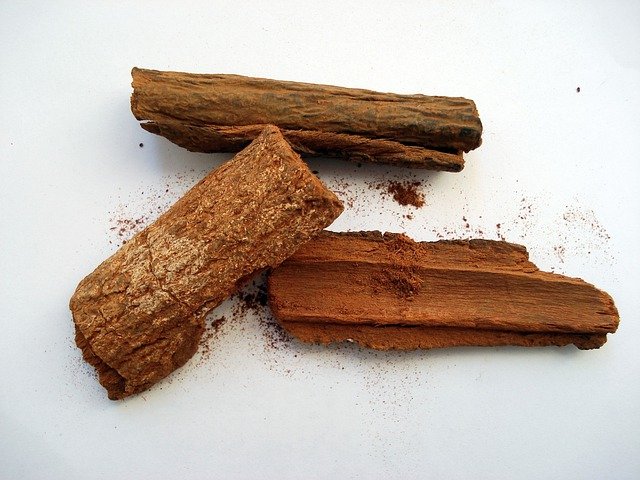
Since ancient times, cinchona has been valued for its anti-malarial, pain-relieving and anti-fever properties which have made it one of the most important drugs. Let’s discover all the virtues of this plant so used in herbal medicine and phytotherapy.
The name China refers to an arboreal plant belonging to the Rubiaceae family native to the Andes, the Cinchona. Used for centuries as an aperitif and digestive, it was traditionally also appreciated in herbal medicine thanks to its eupeptic and above all anti- malarial properties.
Most of the active ingredients of the plant are concentrated in the bark, which is rich in quinine alkaloids, tannins, essential oils, resins and bitter substances with multiple beneficial virtues for human health.
China: origin and history
The name ‘ Cinchona ‘ derives from that of the wife of the Peruvian viceroy, the countess of Chinchón, a city in Castile, who, according to tradition, experimented on herself the virtues of the bark of this plant capable of defeating even malaria.
The different types of cinchona
The different species of plants from which the cinchona bark can be obtained are distinguished by the color (red, yellow, gray) which also correspond to different qualities of the drug.
The most valuable quality for its beneficial properties is red, while gray cinchona is used above all by companies that produce liqueurs.
China Ownership and Uses
Both from the point of view of use in liqueurs and from the herbalist one, it is an ingredient widely used as an aperitif and natural digestive since its active ingredients increase stomach secretions, promoting digestion and protecting the gastric mucous membranes. Its main application in medicine derives from the anti-malarial, pain-relieving and antifebrile virtues.
In fact, ‘ quinine ‘, a natural antimalarial, is obtained from it. In addition to these applications, it is also a popular drug for counteracting low blood pressure.
Finally, it is also used in the cosmetic field for the production of products dedicated to the treatment of oily hair.
The recipe with china
As is known, the fluid extracts of its bark are an excellent base for preparing homemade natural aperitifs and digestives. By diluting a few drops of extract in a glass of water you get a very healthy aperitif for the stomach, liver, gall bladder and pancreas to be consumed half an hour before meals.
The contraindications of cinchona

Beware of contraindications: use during pregnancy and breastfeeding is not recommended. The intake of cinchona extract can cause allergic reactions and gastric intolerances.






